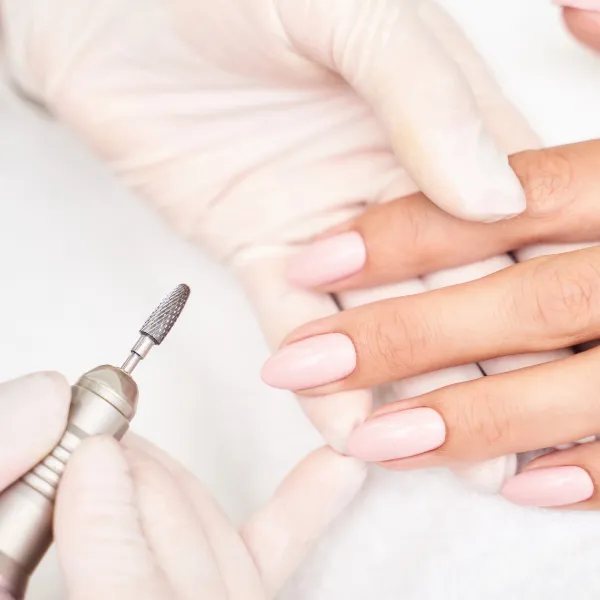
Acrylic, Gel, or Dip - Which artificial nails are best?
Acrylic, Gel, or Dip - Which artificial nails are best?
Acrylic versus gel nails has been a debate for quite some time, but now dip powder is available as well. Which type of artificial nail treatment is best?
In my quest for information about the differences between these three nail options, I discovered some unsettling facts. So as we discuss all the benefits of each method of applying artificial nails, we'll also discuss the drawbacks and then come up with a couple of alternatives that I enjoy even more!
Acrylic, Gel or Dip - which artificial nails are best?
Acrylic Nails
What it is:
A combination of liquid monomer and powder polymer that hardens when exposed to air.
Applied over the natural nail or nail tips for length and strength.
Can be shaped and filed into various styles.
Potential dangers:
Harsh chemicals and strong fumes during application.
Can weaken natural nails if improperly removed.
Risk of fungal infections if moisture gets trapped underneath.
Frequent fills (every 2–3 weeks) can cause long-term nail bed damage.

Gel Nails
What it is:
Gel-based polish cured under a UV or LED light.
Can be a soft gel polish or a hard gel extension.
Offers a glossy, natural finish and feels lighter than acrylic.
Potential dangers:
UV exposure during curing can increase skin cancer risk (use SPF or gloves).
Over-filing during application or removal can thin the natural nail.
Risk of allergic reactions to gel ingredients in sensitive individuals.
Improper removal (peeling or picking) can damage nail layers.
Dip Powder Nails
What it is:
Nails are coated with a resin-based adhesive, then dipped into colored powder.
Finished with a clear sealant and usually air-dries (no light needed).
Known for durability and a natural, matte or glossy look.
Potential dangers:
Some salons reuse dip powder, which can spread bacteria.
The removal process often requires soaking in acetone, which can dry out nails and skin.
Can cause allergic reactions or nail thinning if done too frequently.
Resin base may contain ingredients that irritate sensitive skin.

Alternatives to artificial nails
Press-On Nails
What it is:
Pre-shaped, pre-designed plastic or resin nails that are glued or sticker-applied directly onto your natural nails.
Available in a wide range of lengths, shapes, and designs.
Pros:
Easy and quick to apply at home—no salon visit needed.
Reusable (if removed carefully) and affordable.
No UV light or harsh chemicals required.
Cons:
Can pop off if not applied properly or worn during heavy activity.
Prolonged use of nail glue can dry or weaken natural nails.
May not last as long as salon sets (typically 5–10 days).
Nail Strips (Nail Wraps or Polish Strips)
What it is:
Thin, adhesive-backed nail stickers made of real nail polish or vinyl that are pressed onto the nail surface and filed to fit.
Often come in fun patterns, solids, and glitter styles.
Pros:
No drying time or mess—great for on-the-go use.
Gentle on nails; some are made with non-toxic ingredients.
Easy to remove with nail polish remover (if real polish) or by peeling (vinyl).
Cons:
Can lift at edges if not applied properly.
Shorter wear time than salon options (usually 5–7 days).
Vinyl wraps may not breathe well, which can dry the nail underneath if worn too long
Wrap Up
As much as I love the ease and longevity of artificial nails, I really appreciate the simplicity and safety of wraps and press-ons. But whatever you prefer, it's important to take time to look and feel pretty. Not everyone wants to embellish their nails, but if this is your thing like it is mine, now you have all the information needed to make the right choice for YOU!

Interested in learning more about my favorite press-on nails?
Click HERE



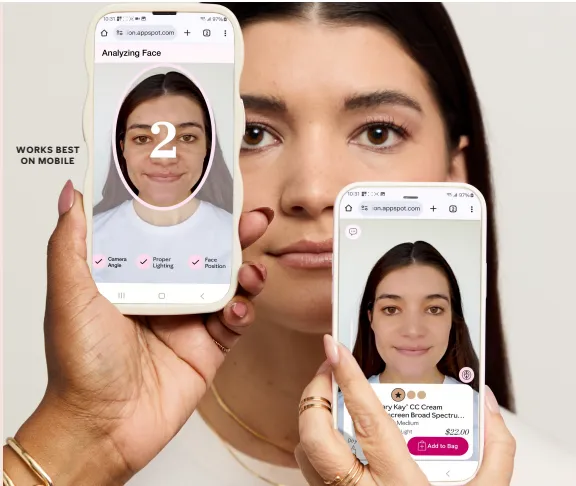


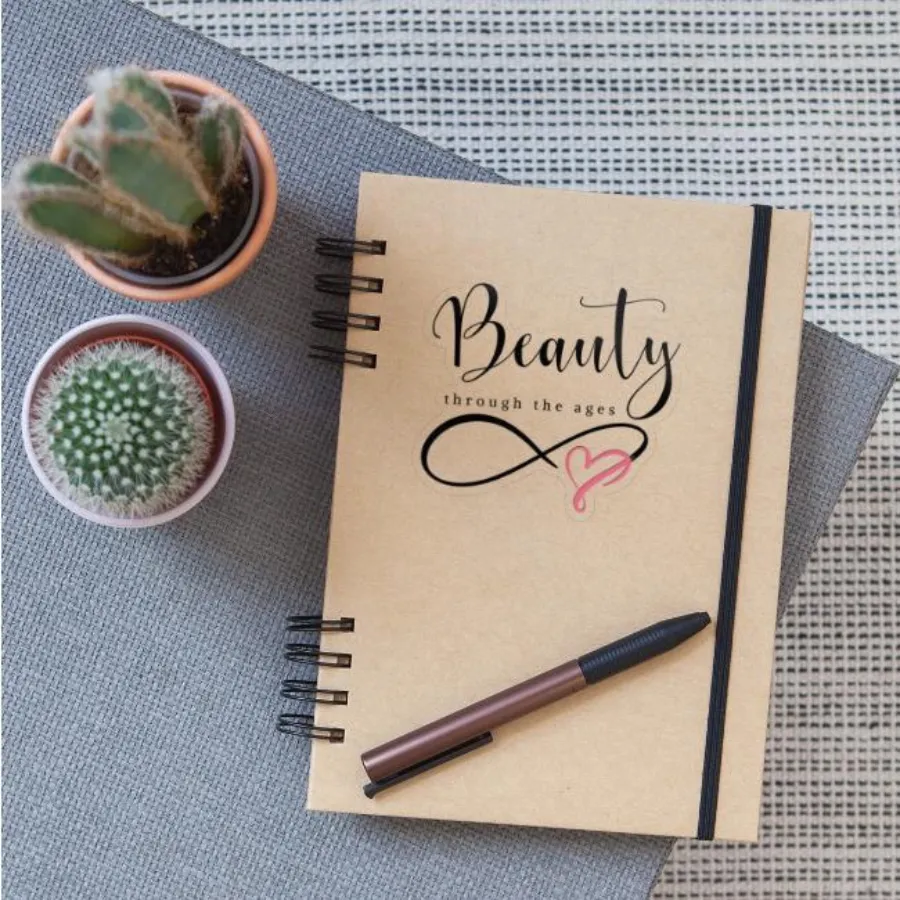



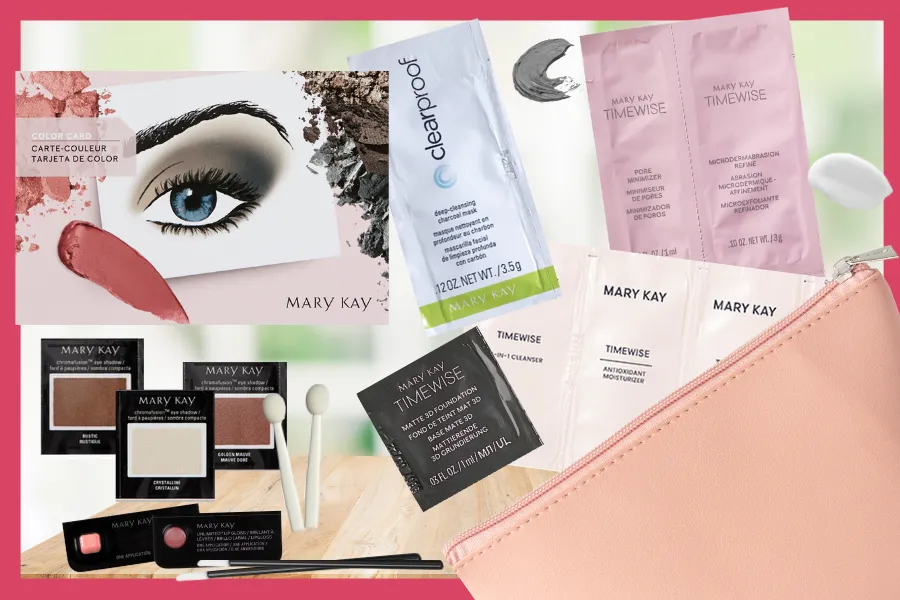
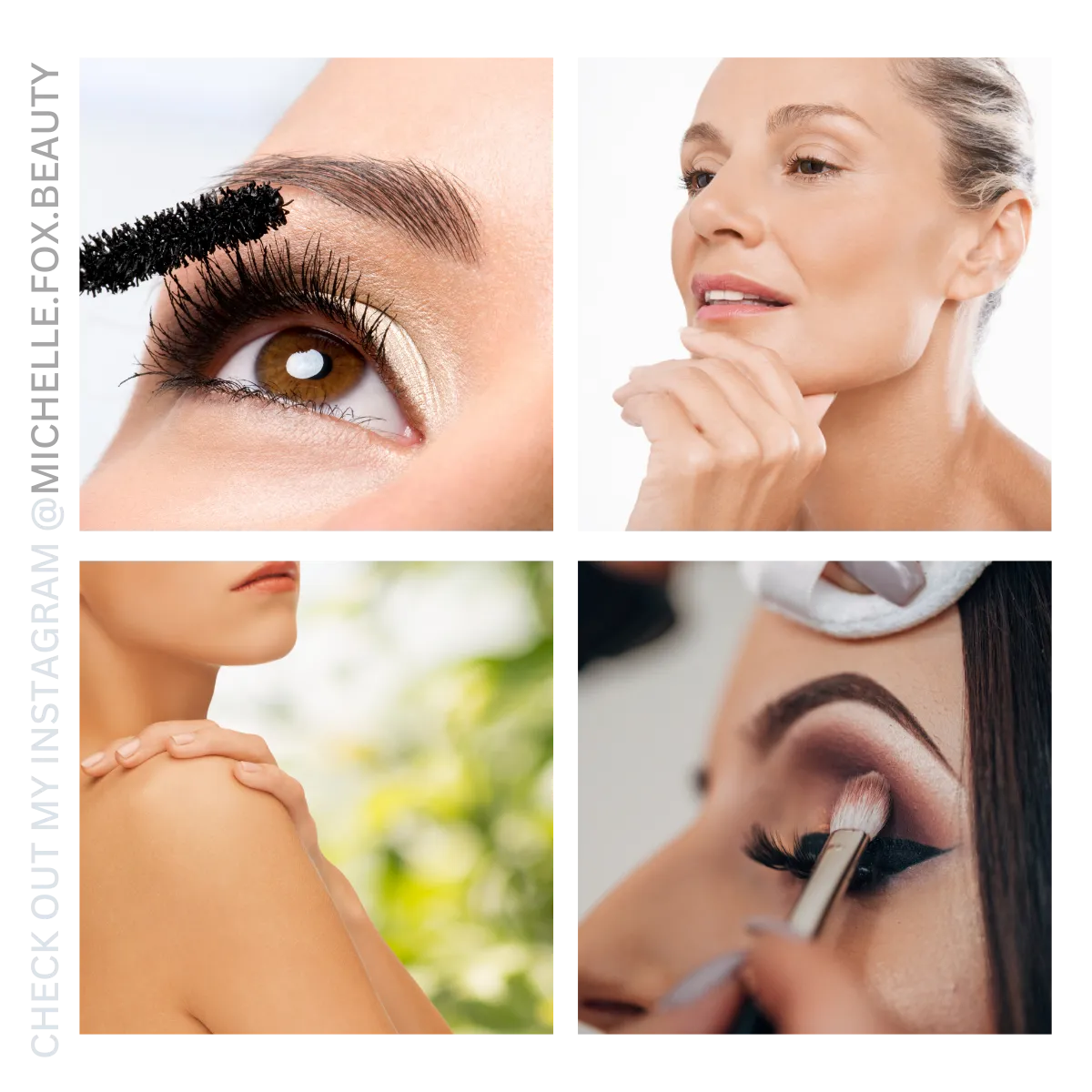

Facebook
Instagram
LinkedIn
Youtube
TikTok
Pinterest